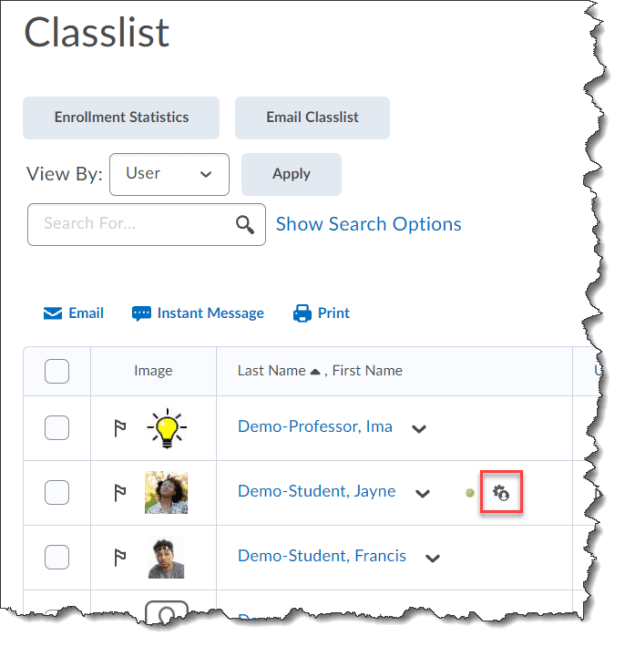Instructors can now set up quizzes that start and end at the same time for ALL learners with the new synchronous quizzing option. This feature was introduced with our September 2023 Continuous Delivery updates.
The addition of synchronous quizzes enables instructors to set up a quiz where the quiz timer starts on the start date for all learners rather than when the learner launches the quiz (asynchronous). The quiz timer then ends for all learners at the same time. This facilitates quizzes where the instructor requires all learners to take the quiz at the same time similar to in classroom learning and supporting medium-high stakes quizzing.

A synchronous quiz starts at the Start Date and ends when the time limit has lapsed, regardless of any action taken by the learner. For example, if a learner clicks "Start Quiz!" 15 minutes after the start date on a 1-hour quiz, they only have 45 minutes left to complete it. To indicate when a quiz becomes available, learners have a countdown timer on the Quiz Information and Start Quiz pages. The Start Quiz! button becomes available when the start date and time is reached.

Note: If no start date and time is set for the synchronous quiz, the No Start date set alert appears under the selected option, and you cannot save the quiz. The Due Date option is disabled for synchronous quizzes because students do not choose the time frame of when to take the synchronous quiz, therefore there is no need to set a due date.
To ensure that learners are aware of upcoming synchronous quizzes, instructors should create instructional or manual solutions. For example:
- Make a synchronous quiz visible in the calendar:
- Instructors should use the Start Date parameter when setting up a synchronous quiz and leave the End Date field empty.
- Instructors can select Add availability dates to Calendar or set up an event showing the whole time.
- Create an announcement with information about the synchronous quiz.
- Set up an event and give a link to the quiz to provide more context.
Note: Instructors must modify or review quizzes one-by-one to avoid accidentally modifying quiz availability dates for synchronous quizzes.
Instructors should provide learners with information about a synchronous quiz before it starts. Learners can also access information about synchronous quizzes in the Quiz Information page.
Follow these steps to do it
To set up a synchronous quiz:
- From a quiz page, expand the Availability Dates & Conditions accordion.
- Set Start Date and Time.
NOTE: Leave the End Date field empty. - Expand the Timing & Display accordion.
- Click Timer Settings.
- In the Timing dialog, under Quiz Start, select Synchronous: Timer starts on the start date.
- Click OK.
Want more information?
Quiz Timing Improvements
Quizzes FAQ: Hot Tips and Workarounds
Brightspace Tip #254: Tests and Quizzes
Resources for the Quizzes Tool
View current, past, and preview upcoming Continuous Delivery release notes
Instructors Quick Start Tutorial
Brightspace Known Issues
Request a sandbox course
Sign-up for Brightspace training sessions
You can find Brightspace help at D2L's website.
Join the Brightspace Community.
Try these Brightspace How-To documents.
Visit our Brightspace FAQs for additional Brightspace information
or schedule a one-on-one session, email, or
call Janice Florent: (504) 520-7418.
Note: Are you doing something innovative in Brightspace or perhaps you've discovered a handy tip? Share how you are using Brightspace in your teaching and learning in The Orange Room.

























